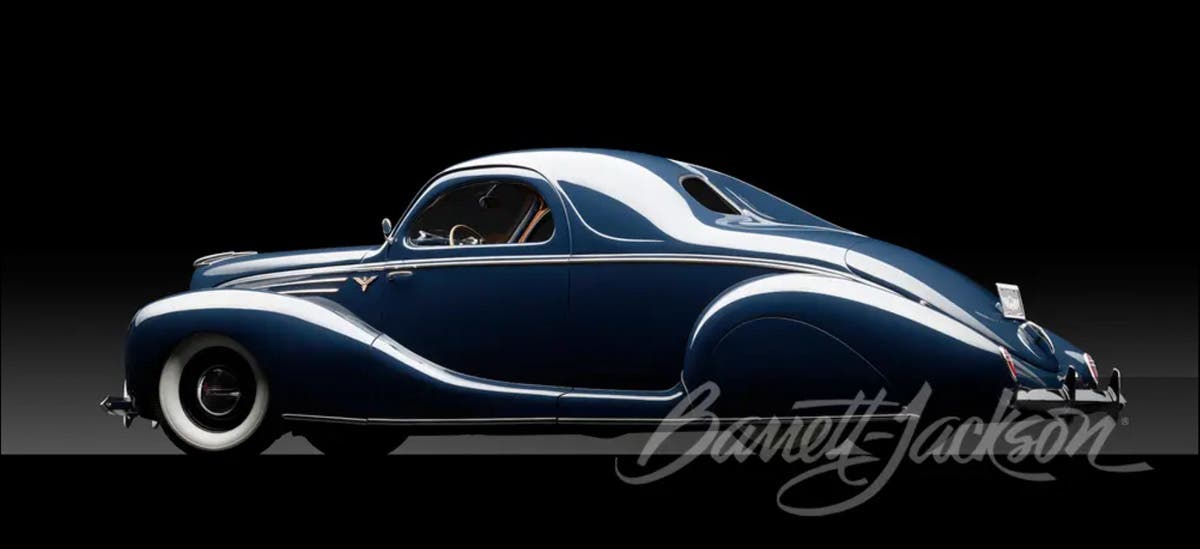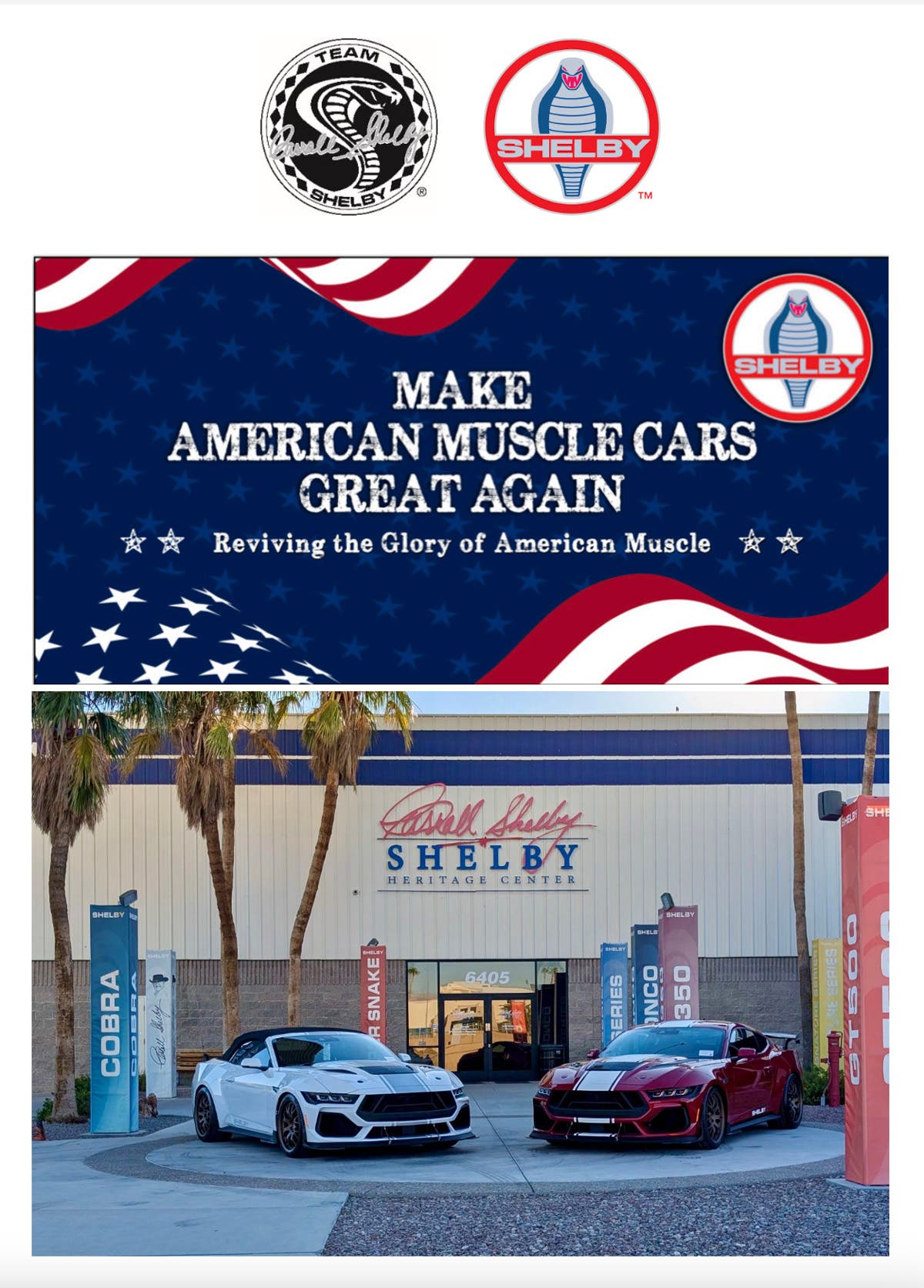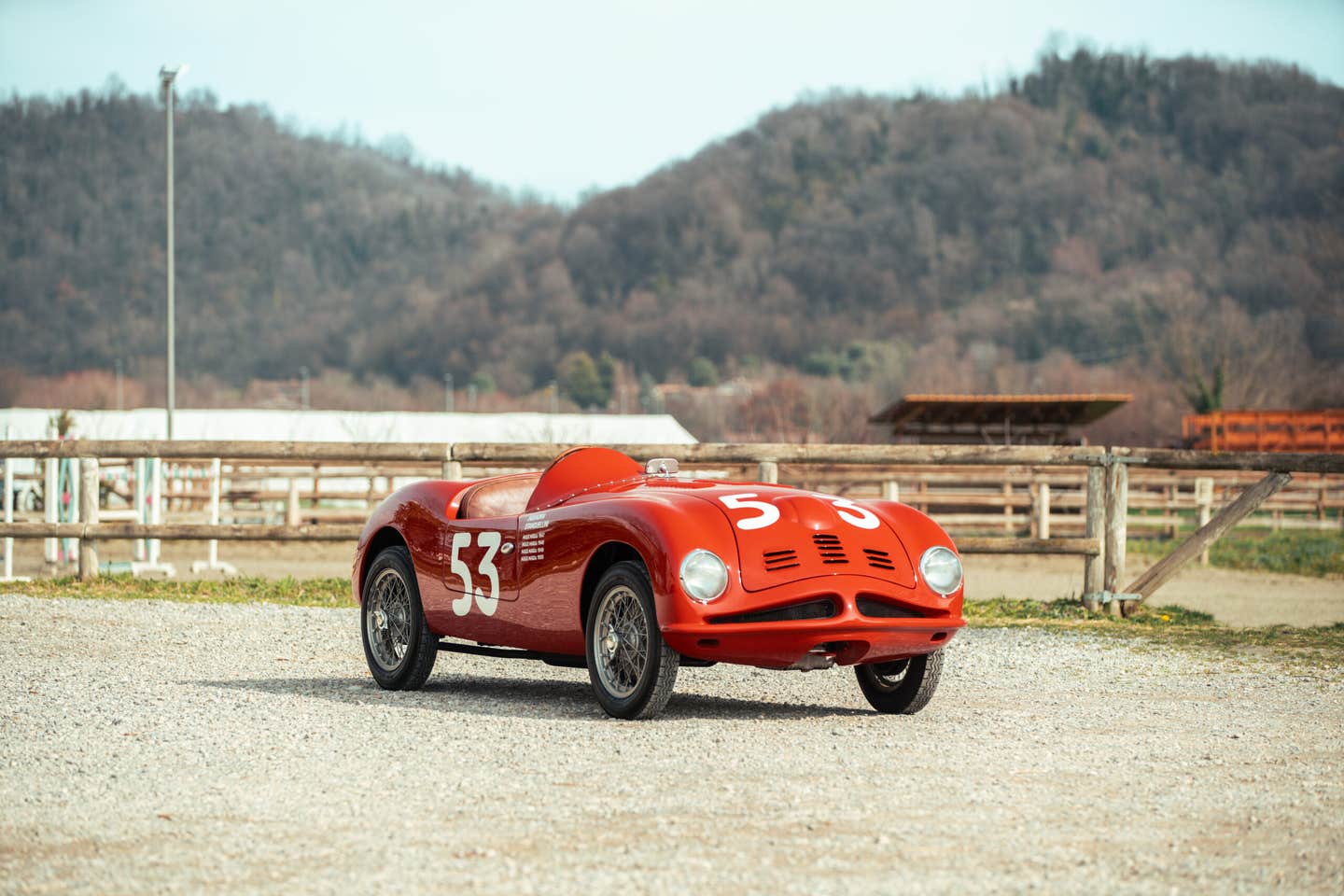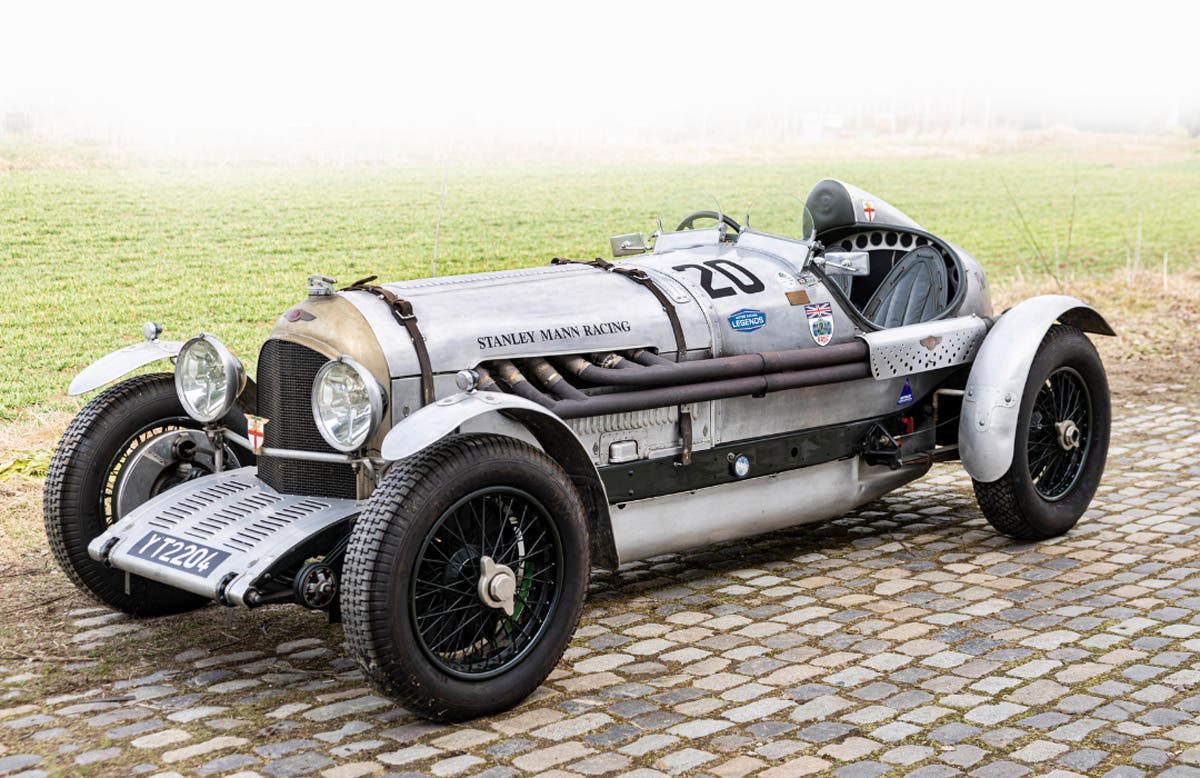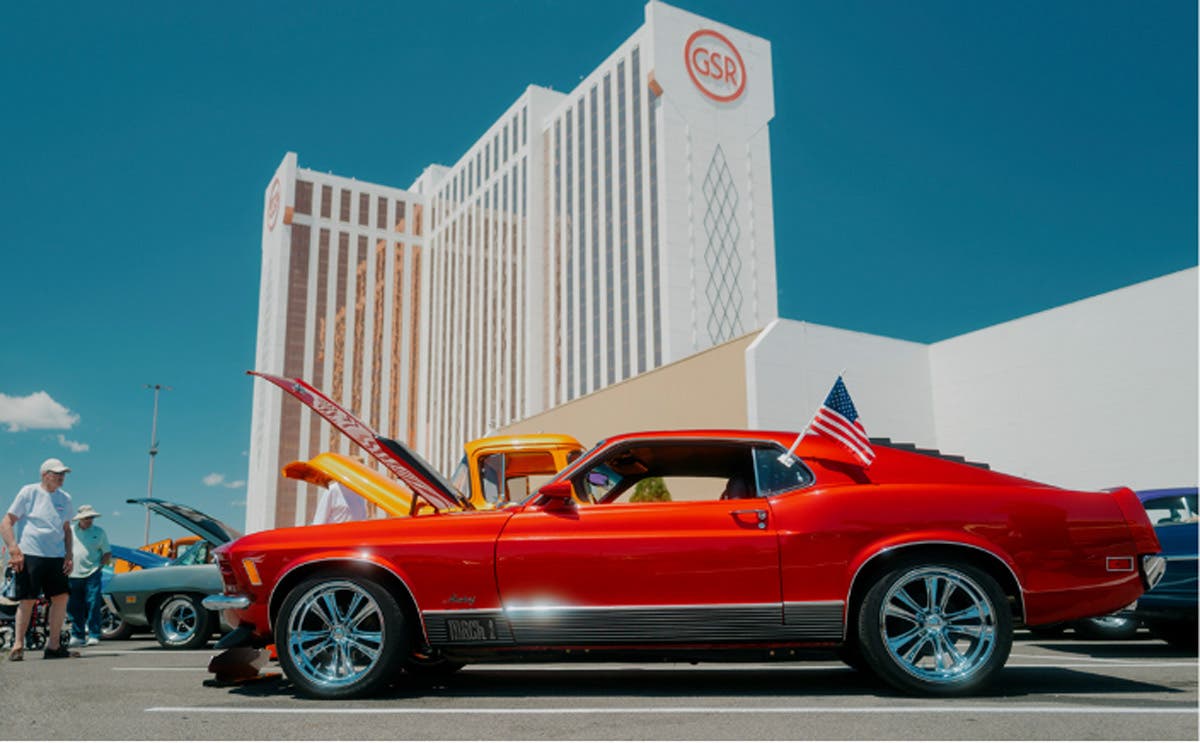AE News 1908 Founders Week Cup discovered
One of three legendary trophies from America’s earliest road races has been found. Other news in this week’s Auction Express News: Ex-Bennett Nash offered; and a review from the Leake Oklahoma City February auction.
Founder’s Week Cup discovered
The “Founder’s Week” Cup from Philadelphia’s 1908 maiden run of The Fairmount Park Motor Races was an unexpected find for appraiser Ernest DuMouchelle among a home-full of antiques at a suburban Detroit estate. The impressive trophy is now set for the auction block at Detroit’s DuMouchelle Galleries’ March 22 auction.
Cited as one of three legendary trophies from America’s earliest “road” races, automobile aficionados already know that the Vanderbilt Cup is securely tucked away at The Smithsonian, but the American Grand Prize and the Fairmount trophy have been off the radar for about 100 years. It was not a mystery to Louise Barrows; she knew right where the Fairmount trophy was. Safely nestled in her Birmingham, Mich., home, she’d been caring for her grandfather, Irving J. Morse’s treasured cup — along with other family heirlooms — until her death last November at age 90.
The Fairmount Park event was the first major race run strictly with only American vehicles, hosted in the birthplace of American Independence and won by a driver who weeks later would achieve hero-status — becoming the first American to win an international competition in an American automobile. Irving J. Morse won the coveted trophy on Oct. 8, 1908, when his Locomobile on Firestone tires — driven by the renowned racer George Robertson — took first place at the 200 mile Fairmount competition. A pioneer in the automobile industry, Morse managed multiple branches of the Locomobile Co. of America, a firm that would originate with the steam car in 1899, but succumb to the Crash of 1929. At age 23, the dashing Robertson would win three major races in 1908 (all three in a Locomobile) and would again take first place honors at 1909’s Fairmount event. He later became director of Lincoln automobile and Ford airplane operations in the 1920s.
To commemorate Philadelphia’s 225-year founding, a week-long celebration was planned. Local sponsor Quaker City Motor Club proposed a major stock chassis race in Fairmount Park to showcase the variety of American automobiles newly available to the curious public — most of whom were still with horse and buggy. Noted in Michael J. Seneca’s book, The Fairmount Park Motor Races, 1908-1911, “…for the first time in a major race, foreign cars were banned.” Sixteen cars would compete in what would be the most heavily attended auto race ever, with approximately 500,000 spectators. Fairmount Park was home to America’s first zoo and the host of the nation’s first World’s Fair. Originally developed for its scenic views by Pennsylvania’s founder, William Penn, the race’s eight-mile course sped along a golf course and river, under bridges, over trolley tracks and past businesses onto brick-paved streets. Oil was soaked into dirt roads to stabilize them. Signs were nailed to trees to advise drivers of upcoming curves and telephones were installed at each turn. The hilly and winding course was considered so dangerous that over 25 surgeons and 1,500 policeman were hired. Still this shorter, scenic track infused more racing excitement for fans due to the higher frequency of cars constantly vying for position. From Lozier and Studebaker to an Apperson Jack Rabbit, the best of American automakers competed. After 25 laps at an average speed of 49-1/2 mph and his mechanic riding shotgun all the way, George Robertson won the Fairmount Park Race in 4 hours, 2 minutes and 30 seconds. As the mayor presented the cup, Robertson almost dropped it due to his nervousness. Accordingly to Seneca’s book, “… the crowd urged him to make a speech…. All of the attention made him uncomfortable and he begged Etheridge (his mechanic), ‘crank ‘er up and let’s get out of this.’” But surrounded by throngs of well-wishers and reporters, a quick exit was not to be.
Artists at Bailey, Banks & Biddle were said to have worked round the clock creating the three foot, thirty-pound ornate sterling trophy, crowned with a figure of William Penn. The discovery of the Founders Week Cup reminisces that pivotal time in America’s development of the automobile and its unquestionable impact on the country.
For more information on this sale, call 313-963-6255 or visit www.dumoart.com.
Ex-Bennett Nash offered
A 1930 Nash 494 straight-eight sedan seven-seater limousine with Sedanca de Ville bodywork is to be auctioned by Barons at Sandown Park, near London, on March 24. The car was originally owned by Frederic S. Bennett, the Englishman famed for reversing the fortunes of Cadillac 100 years ago by winning the Dewar Trophy in 1908, and for completing the Bennett Run in 1903 and 1953.
In 1907, Cadillac sales worldwide were falling dramatically. Bennett, who had imported the first Cadillac into the UK, and gained early fame when he drove that 1903 car in an 8-day, 1,000-mile reliability trial, decided to demonstrate the marque’s potential by entering Cadillac for the Dewar Trophy, the award for innovation in motor car manufacture which has been awarded just 38 times in 102 years.
Bennett realized that Cadillac’s strengths lay in the (then) unique interchangeability of its components. He and two colleagues drove three Cadillacs to Brooklands, completed a set number of miles and then returned to the dealership. Once at the dealer, the three cars were completely stripped, all the parts shuffled and the cars rebuilt. They all ran perfectly, an achievement for which Cadillac became the first American manufacturer to win the Dewar Trophy. Cadillac then boasted that it set the “Standard of the World.”
Bennett went on to own and run the Anglo American Car Co. of Piccadilly London, the main dealer selling Nash and Cadillac vehicles. In 1953, at age 79, and with the aid of young racing driver Stirling Moss, he made motoring history, and headlines across the country, recreating the 1903 time trial, in the original car, which he had owned for half a century. He covered 1,094 miles in 8 days at an average speed of 21.25 mph, much faster than when he did the trial 50 years previous, when there was a 12 mph speed limit in the towns and 20 mph elsewhere.
Bennett acquired the Nash new in 1930, and owned it for 26 years. Believed to be the only remaining example, it has undergone a comprehensive, nut-and-bolt restoration over many years, including a new, hand-built, American-ash frame. This right-hand-drive car won the coveted Best of Show award in the Classic American Auto Club National at Brooklands in September 2008. It has covered less than 100 miles since the completion of the restoration.
For more information on this sale, e-mail info@barons-auctions.com or visit www.barons-auctions.com.
Leake Oklahoma City
Phil Skinner reporting
Strong crowds turned out for both days of the Leake Auction in Oklahoma City, Okla., staged at the state fairgrounds Feb. 20-21. Opening day, a strong sell-through was recorded as Richard Sevenoaks declared that day “commission-free” for the seller, meaning that they would receive the full bid price. On Feb. 21, the stars of the sale were brought to the auction block, some with mixed results. High sale in the collector-car division was a numbers-matching 1967 Chevy Corvette convertible with the 427-cid/435-hp V-8, declared sold for $121,000. (A 2008 Pony Express motorhome was the auction’s top seller at $130,000).
Overall, a total of 320 individual lots were offered with 164 of these reported as sold, providing a 51.25 percent sell-through rating. While this was down from 2008’s totals, it was still a strong showing considering the current rough economic conditions.
Based on hammer-sales, the dollar figure of $3,020,400 was a good return considering this sale did about $350,000 more in 2008, before the major downturn on Wall Street and other markets. Helping to keep customers happy, the buyer’s commission remained at 8 percent, while most other auction companies have raised rates to 10 percent.
CLICK HERE to tell us what you think in the Old Cars Weekly forums



